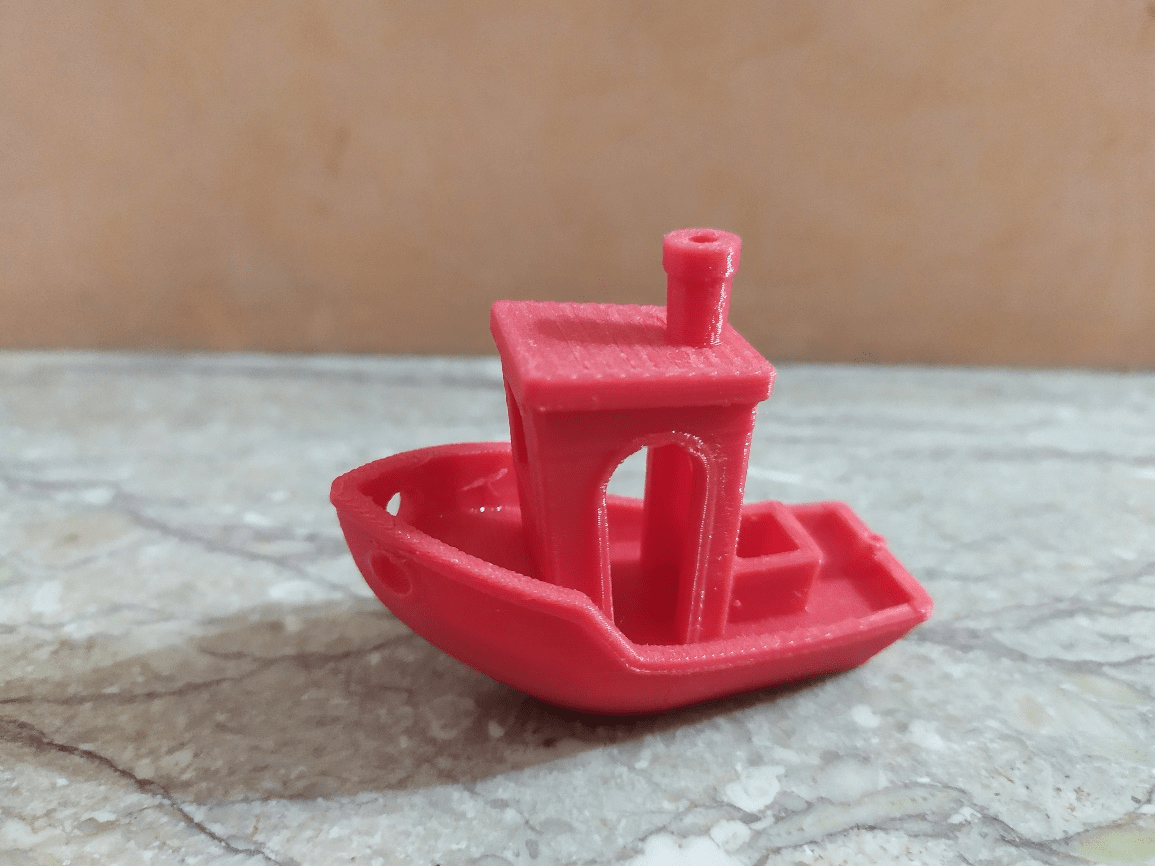Trending searches
Popular collections
Carrello ($0)
Carrello ($0)

As seen in previous articles, a Hotend is composed of a Nozzle that takes care of depositing the molten material, a Heatblock that takes care of melting the material and a Heatbreak that keeps the hot zone separate from the cold zone of the Hotend. In particular, the PTFE tube is installed at the stop with the Nozzle, so that the filament reaches the Nozzle directly from the PTFE, without intermediate zones. However, if there is even a slight gap between PTFE and Nozzle, then the molten filament will come out of the intended path and will clog the melting area, thus causing obstructions and blockages that prevent the correct execution of the print.
Thanks to its ease of installation and different design technology, a Hotend such as the Hotend Trianglelab TCHC TR6 Model B can efficiently solve the problem, as it is a Hotend with Bi-Metal thin wall Heatbreak; in this way the PTFE tube is not in contact with the hot Nozzle, but stops high in the Heatsink, where the temperature is cold. Therefore, the filament passes from PTFE to Bi-Metal thin wall heatbreak while it is still solid, and so no leakage of molten material can occur. In addition, the Bi-Metal thin wall Heatbreak is welded inside the Nozzle already at the factory, and therefore it is not possible for molten material to leak between the Bi-Metal thin wall Heatbreak and the Nozzle.
This means that once out of the PTFE tube, the filament must first pass through a metal area in order to reach the nozzle. This means that heat is transmitted to the filament more optimally, as there is no PTFE tube to act as an insulator, and therefore the filament melts more smoothly effectively, which is a huge advantage when printing technical filaments such as PETG and ABS that require high printing temperatures. On the other hand, due to the improved heat transfer with Hotbed All Metal, compared to printing via Hotend with PTFE it is necessary to adjust some parameters in the slicer.

One of the first parameters to change might be the retract parameter. In fact, due to the increased heat diffusion, too high a retraction value could cause the molten filament to clog in a cold area of the Hotend. Therefore, compared to printing via PTFE Hotend with PTFE, it is preferable to reduce the retraction value by at least 2 points (e.g. from 6mm to 4mm) by using an All Metal Hotend Press.
Another parameter that you may need to change is the print temperature. In fact, thanks to the increased heat diffusion, reducing the printing temperature by about 5°C could provide benefits, especially in the case of printing with PLA.
Heat dissipation in the Heatbreak area is also very important, as due to the increased heat diffusion it is necessary to prevent the heat from rising up the Hotend. Therefore, it is necessary to install a high-performance fan that can effectively and quickly cool the Heatbreak, and therefore the installation of the Longer Dual Blower is absolutely recommended if you are using an All Metal Hotend such as the Hotend Trianglelab TCHC TR6 Model B.
Once the changes have been made in the slicing software, you can finally proceed with the first test print. Surely further corrections may be necessary in case of printing with PLA, but as far as filaments such as PETG and ABS are concerned, there will certainly be an improvement from the first print. In particular, the Test Benchy in white was made of PLA, while the one in red was made of PETG; although generic parameters have been used, as indicated above, the print quality has certainly improved compared to that previously obtained through Hotend with PTFE.


!
